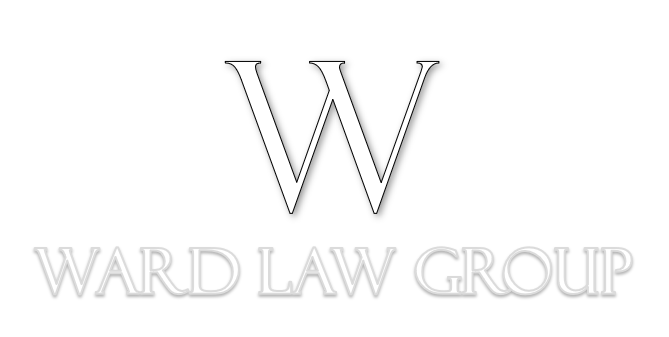Minnesota’s current limited liability company act, Minnesota Statutes, Chapter 322B (the “Old Act”), is a rarity among the limited liability statutes around the United States. However, beginning August 1, 2015 the Old Act will be superseded by Minnesota Statutes, Chapter 322C (the “New Act”). Any LLC formed after August 1, 2015 will automatically be governed by the New Act, and all LLCs in Minnesota—including LLCs formed before August 1, 2015—will be governed by the New Act beginning January 1, 2018. If your company is organized as an LLC, this law change will impact you.
The Old Act is considered an outlier in the United States because it is a hybrid between both corporate and partnership law. Many of the longstanding corporate principals familiar to business owners and practitioners alike were adopted and incorporated into the Old Act. This model gave Minnesota owners and practitioners familiarity with LLCs when they were first adopted in Minnesota in 1993, but the true nature of an LLC was somewhat lost. Traditionally, LLCs are designed to operate more like partnerships than corporations. The New Act embraces a partnership-centered model and brings Minnesota LLCs into the mainstream.
Below are several of the changes encompassed within the New Act:
- Governing Documents: The Old Act breaks out governing provisions of a company between the articles of organization, the bylaws or operating agreement and the member control agreement. The New Act keeps the articles of organization (in a more limited fashion), but otherwise combines the company’s remaining governing documents into a single operating agreement. Therefore, the operating agreement will be the most important company document for new LLCs. Interestingly, the New Act allows for an Operating Agreement to be an informal oral agreement among the members. Accordingly, it may be more important than ever for members of an LLC to clearly memorialize their agreements in writing to avoid the ambiguity, confusion and inevitable litigation costs that commonly spawn from informal oral agreements.
- Three Management Structures: The Old Act defaults to a Board of Governors to manage the affairs of a company, similar to a Board of Directors for a corporation. The New Act defaults to a member-managed structure, which is more in line with a partnership model. Although management through a board is still possible under the New Act, it is no longer the default. In addition, the New Act authorizes a third management structure, manager-managed. With the option of either member-managed, manager-managed or board-managed, new companies will need to make sure their operating agreements reflect their intent.
- Statements of Authority: Similar to Minnesota’s Uniform Partnership Act (Minnesota Statutes, Chapter 323A), the New Act allows for a company to file statements of authority. These statements affect the power of a person to bind the LLC. Common statements of authority detail a partner’s ability to bind an LLC for certain transactions, including buying or selling real estate, but statements may also contain authority for a wide range of options. The statements of authority are filed with the Minnesota Secretary of State, and can be cancelled with a similar filing.
- Distribution of Profits and Losses: The difference between the Old Act and the New Act with regard to the distribution of profits and losses is also representative of the Old Act’s origin in corporate law and the New Act’s foundation in partnership law. Under the default of the Old Act, profits and losses were allocated in proportion to capital contributions. For example, if one member of a two member LLC put in 75% of the capital contributions, that owner would be entitled to 75% of the allocations of profits or losses. Under the default of the New Act, distributions are allocated on a per capita basis. Therefore, under the example above, the default rule would allocate distributions equally to the members, even though one member put in 75% of the capital contributions. The per capita basis of the New Act embraces the idea of a partnership, where absent an agreement stating otherwise, the partners are equal partners. This further highlights the importance of having an operating agreement that reflects the company’s intent.
In addition to the above, the New Act also impacts the right to transfer ownership interests, the duties and obligations of members to the company and each other, indemnification and exculpation provisions, shelf LLCs, judicial remedies for intervention, and dissolution and/or oppressive conduct, among other changes.
Although the change in law will alter the structure of LLCs in Minnesota, and remove the familiarity of the Old Act, the adoption of a partnership-based model should be a welcome change. Minnesota’s hybrid construction of LLCs often gave practitioners from other states pause, and created some incentives for Minnesota practitioners to form LLCs in other jurisdictions. Moving more in line with national trends, Minnesota’s New Act allows business owners to truly utilize the flexibility of a partnership model with the protections of a limited liability company.
For more information and for assistance in forming a limited liability company, or bringing your company into compliance with the New Act, please contact Alex Kopplin at 952.653.2620 or akopplin@wklawfirm.com.

